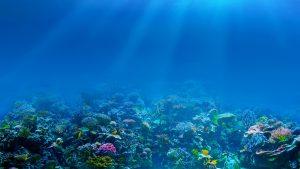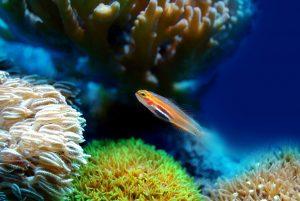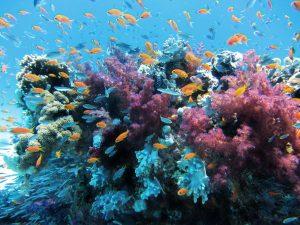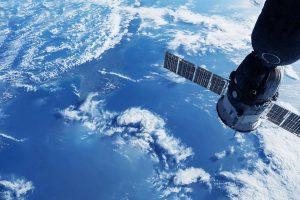The serene depths of the ocean, once a tranquil haven for marine life, are now facing an alarming threat – noise pollution. Over the past few decades, human activities have transformed the once-peaceful underwater environment into a chaotic soundscape, disrupting the lives of marine species that heavily rely on sound for their survival. From the majestic whales to playful dolphins, the impacts of noise pollution are profound and concerning.
The Importance of Sound in the Marine World
In the underwater realm, where visibility is often limited, sound plays a crucial role in the daily lives of marine species. Marine mammals, such as whales, dolphins, and porpoises, depend on sound for communication, locating mates and prey, avoiding predators, navigating vast ocean expanses, and defending their territories. The ability to transmit sound efficiently through water has made it a vital sensory signal for these creatures.
The Growing Threat of Noise Pollution
Unfortunately, the increasing human activities in the oceans have led to a surge in noise pollution. Ships, seismic surveys, explosions, construction, and sonar devices have collectively transformed the once serene marine environment into a loud and disruptive space. Despite its critical implications, noise pollution often takes a backseat compared to other forms of environmental degradation.
How Noise Affects Marine Mammals
- Direct Harm: Extremely loud sounds, particularly from naval sonar devices, can cause immediate harm to marine mammals. The risk of decompression sickness, tissue damage from gas bubble lesions, and mass breaching events are heightened when marine life is in close proximity to these sources.
- Behavioral Changes: Foreign sounds can disrupt the natural behavior of marine mammals, causing them to move away from the noise, adjust their activities to avoid noisy times, or increase anti-predatory behavior. For example, sonar has been observed altering the feeding behavior of endangered blue whales, impacting their individual fitness and population health.
- Communication Interference: Noise pollution interferes with the detection of acoustic signals, masking the sounds produced by marine wildlife. This interference can lead to changes in individual and social behavior, altered metabolisms, and hampered population recruitment, affecting the overall health and service functions of marine ecosystems.
Taking Action to Preserve the Ocean Symphony
Given the increasing pressures marine life faces from climate change and overfishing, it is imperative to address the issue of noise pollution. Here are some steps that can be taken:
- Policy Measures: Implement policies to reduce propeller noise from ships and mitigate the sounds of sonar equipment, seismic air guns, pile driving, and construction activities.
- Technological Innovation: Develop quieter technologies to replace or modify existing equipment, making it easier to reduce noise pollution from human activities in the ocean.
- Global Cooperation: Foster international collaboration to create and enforce regulations aimed at reducing noise pollution in the marine environment.
The urgency to address noise pollution in the oceans cannot be overstated. As we strive to reduce our impact on the environment, the fight against noise pollution emerges as a critical frontier. By implementing policies, embracing technological innovations, and fostering global cooperation, we can work towards preserving the ocean’s symphony and ensuring the continued survival of marine life in the face of this growing threat.







